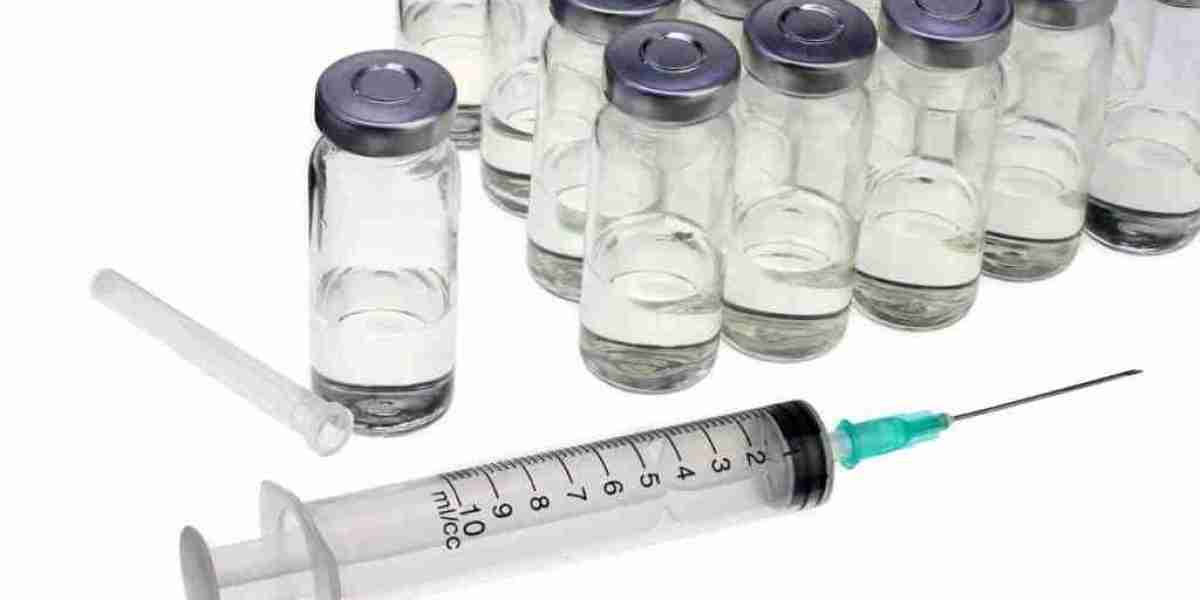The breath analyzer market has gained significant momentum in healthcare over recent years, with advancements in technology paving the way for innovative applications in disease detection and diagnostics. Traditionally used for alcohol testing, breath analyzers are now being recognized for their potential in detecting a variety of medical conditions, ranging from metabolic disorders to respiratory diseases. This article explores how breath analyzers are becoming a game changer in healthcare, revolutionizing disease detection, early diagnosis, and patient monitoring.
Expanding the Role of Breath Analyzers in Healthcare
Historically, breath analyzers have been primarily associated with alcohol testing, specifically for law enforcement and personal use to monitor blood alcohol concentration (BAC). However, recent advancements in sensor technology and analytical methods have expanded their use far beyond alcohol detection. Breath analysis has emerged as a non-invasive, quick, and cost-effective method for diagnosing various diseases and health conditions.
Researchers and healthcare professionals are now exploring how the chemical compounds in a person’s breath can serve as biomarkers for various diseases. The human breath contains hundreds of volatile organic compounds (VOCs), which can change due to certain medical conditions. By analyzing these compounds, breath analyzers are able to detect early signs of illness, making them a valuable tool in the field of medical diagnostics.
Detecting Respiratory Diseases
One of the most promising applications of breath analyzers in healthcare is the detection of respiratory diseases, such as asthma, chronic obstructive pulmonary disease (COPD), and lung cancer. These conditions are often difficult to diagnose in their early stages, leading to delayed treatment and poorer outcomes. Breath analyzers can offer a simple and non-invasive alternative to traditional diagnostic methods, such as blood tests and biopsies, which may be more expensive, invasive, and time-consuming.
For example, specific biomarkers in the breath of individuals with asthma and COPD can indicate inflammation in the airways, enabling early detection and management of these chronic diseases. Additionally, breath analysis is being explored as a way to detect lung cancer at an earlier stage, when treatment options are more effective. Early-stage lung cancer detection via breath analysis has the potential to save lives by catching the disease before it spreads, improving survival rates for patients.
Metabolic and Gastrointestinal Disease Detection
Breath analyzers are also showing promise in detecting metabolic disorders, such as diabetes, and gastrointestinal diseases, such as irritable bowel syndrome (IBS) and infections caused by Helicobacter pylori. In individuals with diabetes, for example, changes in the levels of acetone in the breath can be indicative of uncontrolled blood sugar levels or the onset of diabetic ketoacidosis. By monitoring these changes, breath analyzers can help patients track their condition and manage their diabetes more effectively.
Similarly, breath tests are commonly used to detect gastrointestinal issues like IBS or H. pylori infections. The presence of certain gases, such as hydrogen and methane, in a patient's breath can signal an imbalance in the gut microbiota or the presence of a bacterial infection. Breath analyzers can offer an easy, non-invasive method for diagnosing these conditions, providing a more convenient and less stressful alternative to traditional diagnostic methods like colonoscopies or endoscopies.
The Potential for Early Cancer Detection
Breath analyzers’ potential to detect cancer is one of the most exciting and innovative applications in healthcare. Researchers are investigating the correlation between volatile organic compounds in breath and the presence of cancerous cells in the body. Several studies have indicated that cancer patients may exhale specific compounds associated with the disease, particularly in cancers of the lungs, breast, and colon.
Non-invasive breath testing for cancer could drastically reduce the need for invasive procedures like biopsies, which can be costly, uncomfortable, and time-consuming. Early detection of cancer through breath analysis could also lead to better prognoses for patients, as treatment can begin sooner, potentially preventing the cancer from advancing to more serious stages.
Advantages of Breath Analyzers in Healthcare
Breath analyzers offer several advantages that make them highly attractive for medical use. One of the most significant benefits is their non-invasive nature. Unlike blood tests, urine tests, or biopsies, breath analysis doesn’t require needles or the collection of bodily fluids, making the process much less stressful and more comfortable for patients.
Additionally, breath analyzers are relatively quick and easy to use. In many cases, a simple exhalation into the device can provide immediate results, offering healthcare providers real-time data to help with diagnosis and treatment decisions. This speed and convenience make breath analyzers particularly beneficial in busy clinical settings or for patients who need regular monitoring.
Cost-effectiveness is another advantage. Traditional diagnostic methods can be expensive, especially for chronic disease management or cancer screening. Breath analyzers are generally more affordable, offering a budget-friendly option for both healthcare providers and patients.
Challenges and Future Prospects
While the potential of breath analyzers in healthcare is immense, there are still some challenges to overcome. One major hurdle is the need for standardization and validation. For breath analyzers to gain widespread acceptance in clinical settings, they must undergo rigorous testing to ensure their accuracy and reliability in diagnosing specific diseases.
Another challenge is the complexity of the human breath. While advances in sensor technology have improved the sensitivity of breath analyzers, interpreting the vast array of volatile organic compounds in breath remains a difficult task. As research continues, more advanced algorithms and artificial intelligence tools may be required to accurately analyze and interpret the data from breath tests.
Despite these challenges, the future of breath analyzers in healthcare looks promising. With ongoing research and innovation, these devices have the potential to become an integral part of disease detection, offering a non-invasive, affordable, and efficient alternative to traditional diagnostic methods. As the technology matures, breath analyzers could play a significant role in improving patient outcomes, enabling earlier diagnosis, and reducing healthcare costs.
Conclusion
The breath analyzer market is poised to become a game changer in healthcare, offering innovative solutions for the early detection of a wide range of diseases. From respiratory conditions to metabolic disorders and even cancer, breath analysis is set to revolutionize the way we diagnose and monitor health conditions. With its non-invasive, cost-effective, and quick testing capabilities, breath analyzers hold the potential to improve patient care and outcomes, making them an exciting development in the future of healthcare.




